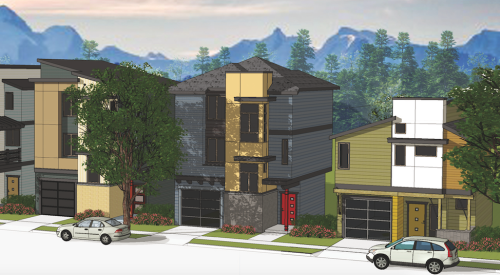Key changes championed by the National Association of Home Builders on behalf of its members are included in the new regulations released in August by President Obama and the Environmental Protection Agency (EPA) Administrator Gina McCarthy. The changes aim to reduce greenhouse gas emissions from the utility sector.
This package includes the final Clean Power Plan, which controls power plant emissions. The EPA has established targets for each state, and states must now develop an implementation plan to meet the EPA-established emission reduction goals.
The NAHB raised concerns during the public comment process that focused on the agency’s limited authority under the Clean Air Act, as well as the proposal’s detrimental impact on voluntary energy-efficiency programs, energy-related building codes, and, ultimately, housing affordability. Importantly, the EPA’s final rule is substantially different from what it originally proposed.
The EPA made several key changes to how programs that target consumer energy use but affect home construction are treated. The most noteworthy revisions:
• The EPA removed energy efficiency from the calculations used to determine greenhouse gas emission reduction potential and state emission reduction performance goals. This move acknowledges that the proposed rule exceeded the EPA’s authority and will allow states to maintain existing energy-efficiency programs.
• The EPA altered the guidelines for states when developing emissions reduction plans, effectively removing any chance that demand-side energy-efficiency programs or energy-related building codes will be a part of the federally enforceable state plan. The EPA will not be able to enforce energy-efficiency measures it has no experience with or authority to implement.
While energy efficiency remains a compliance option for states and power plants to meet their emission goals, the final rule significantly limits the potential impact on the residential construction industry. As a result of these changes championed by the NAHB, states will have less incentive to further ratchet up energy-related building codes or impose other onerous requirements on builders. PB
















